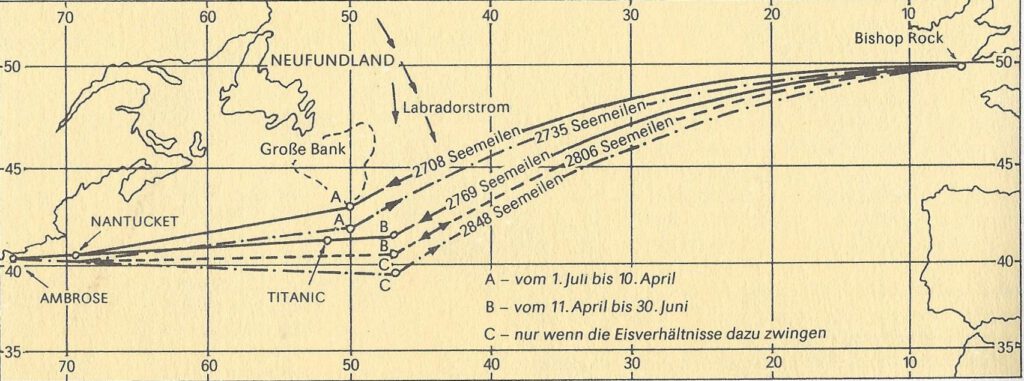Transatlantic shipping
Places
24. Jan. 2021
Trans. 23.11.2024
Manfred Goschler
Transatlantic Traffic Connects the Western World
The technical advancements in shipbuilding during the mid-19th century significantly improved passenger and freight transportation between continents. In 1843, the largest steamship of its time, the SS Great Britain, built entirely of iron, was launched in Bristol, marking the beginning of a new era in transcontinental passenger shipping. Larger and faster ships, known as transatlantic liners, were subsequently developed to cross the Atlantic. These innovations enabled the efficient transport of people and freight, alongside the expansion of port infrastructure.
This era also saw intense competition among shipping companies and nations, as they vied to transport not only passengers but also mail and cargo. One notable symbol of this rivalry was the prestigious “Blue Riband,” an award given to the fastest ship on the transatlantic route.
In passenger transport, the growing demand for affordable crossings, particularly among emigrants, led to the development of distinct classes on ships. Wealthy passengers enjoyed luxurious accommodations and amenities, while emigrants often spent their last savings on arduous journeys, confined to intermediate or lower decks in less comfortable conditions.
This dynamic evolution of passenger shipping lasted roughly a century, its continuity disrupted by two world wars and economic crises. However, it was ultimately overshadowed by the rise of passenger air travel in the second half of the 20th century.
Perhaps as a nod to this bygone era, further fueled by fascination with maritime history and events such as the Titanic disaster, the discovery of its wreck in 1985, and the global success of the film Titanic, some aspects of transatlantic travel persist. For example, Cunard Line continues to operate the Queen Mary 2, a transatlantic liner (designed by Stephen Payne), for regular crossings of the North Atlantic.



